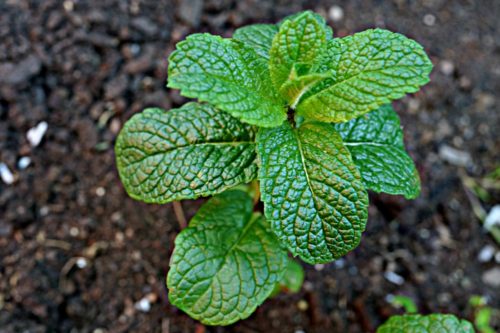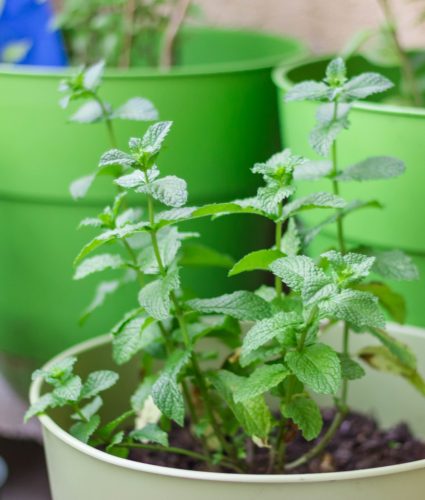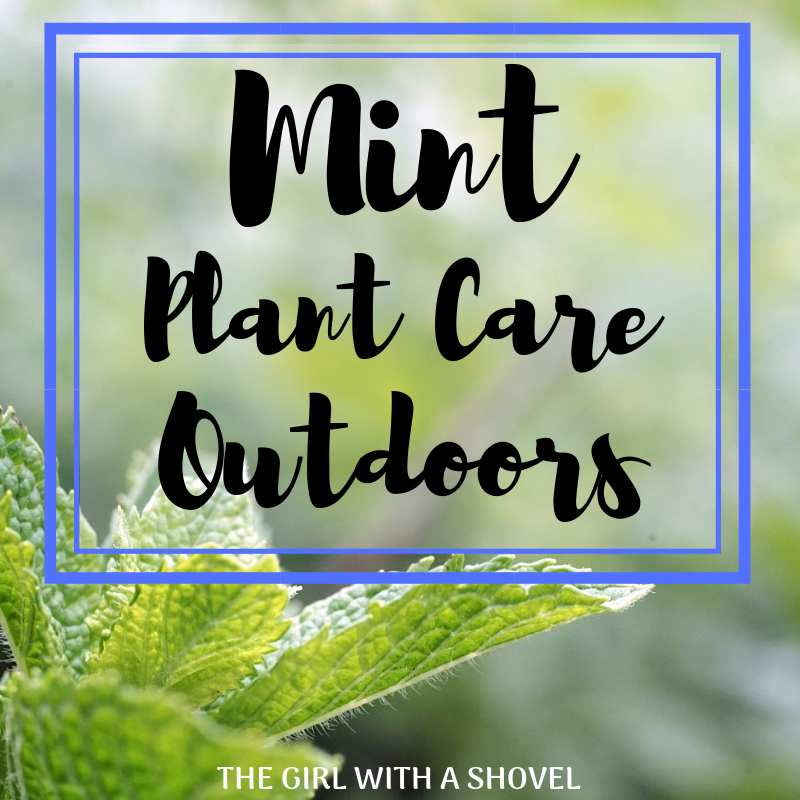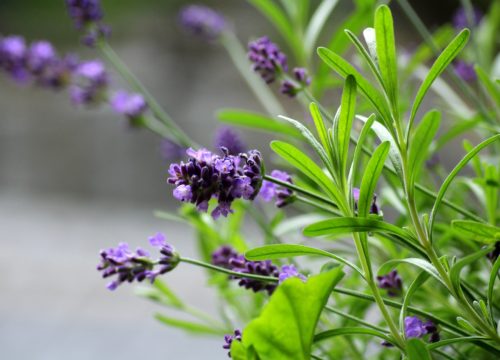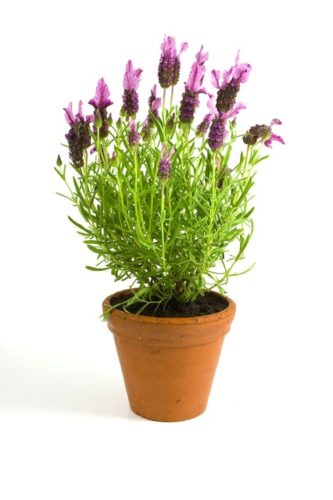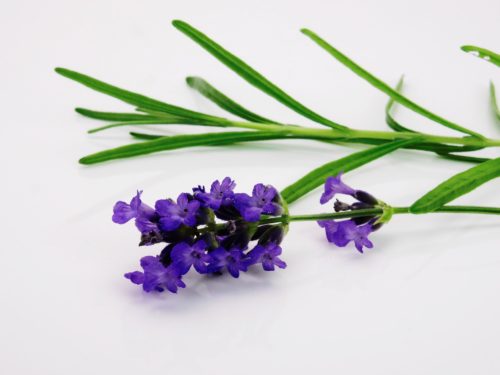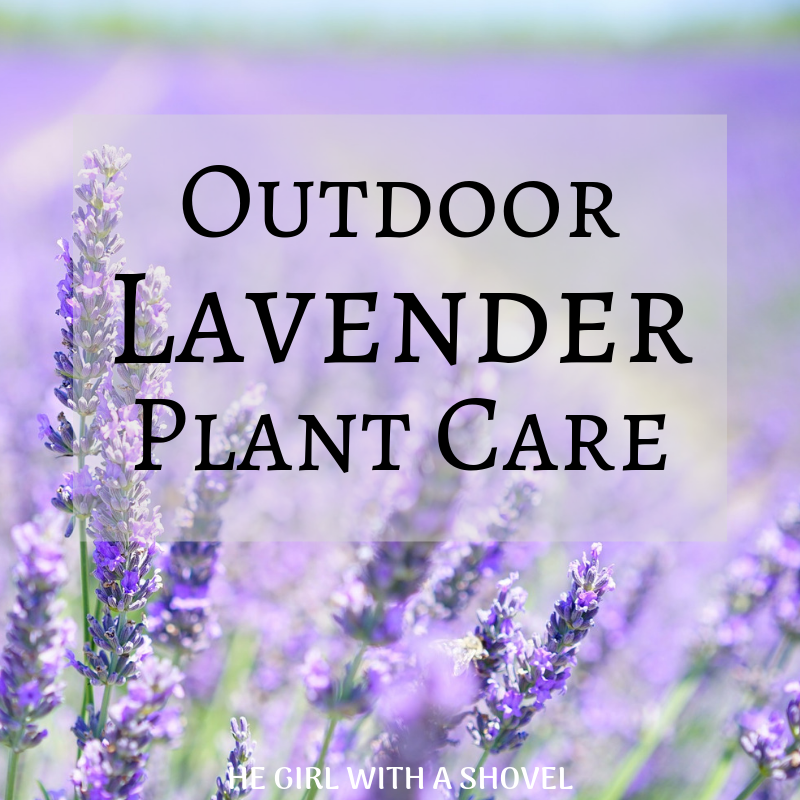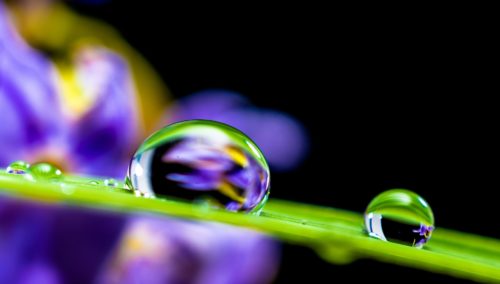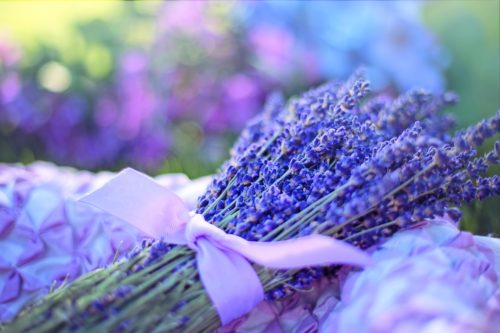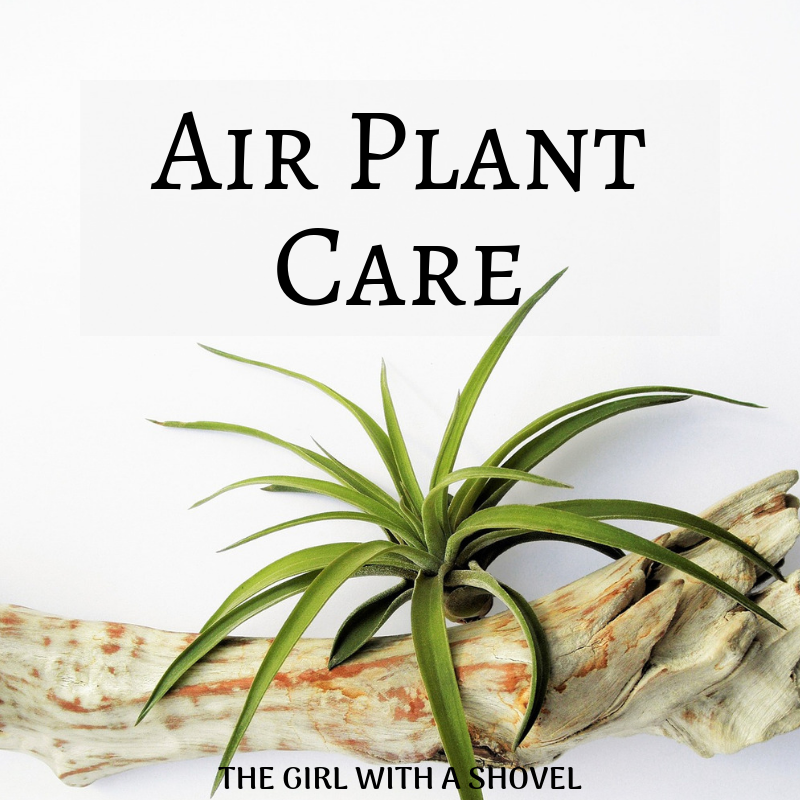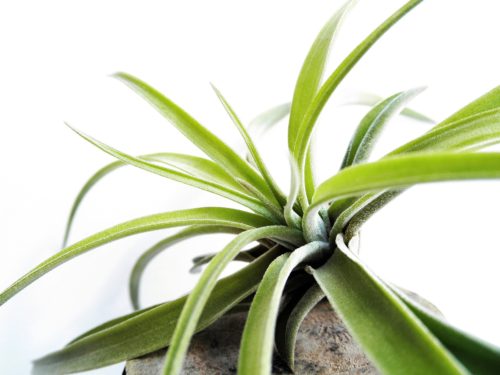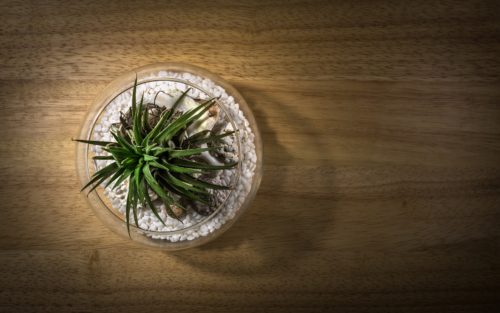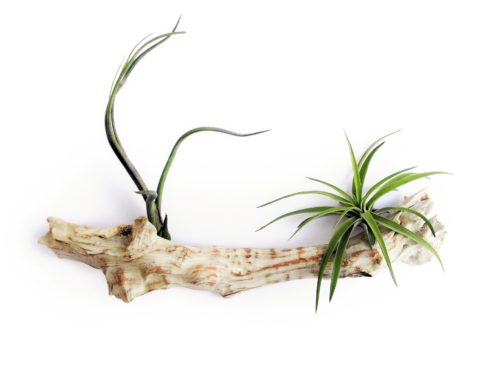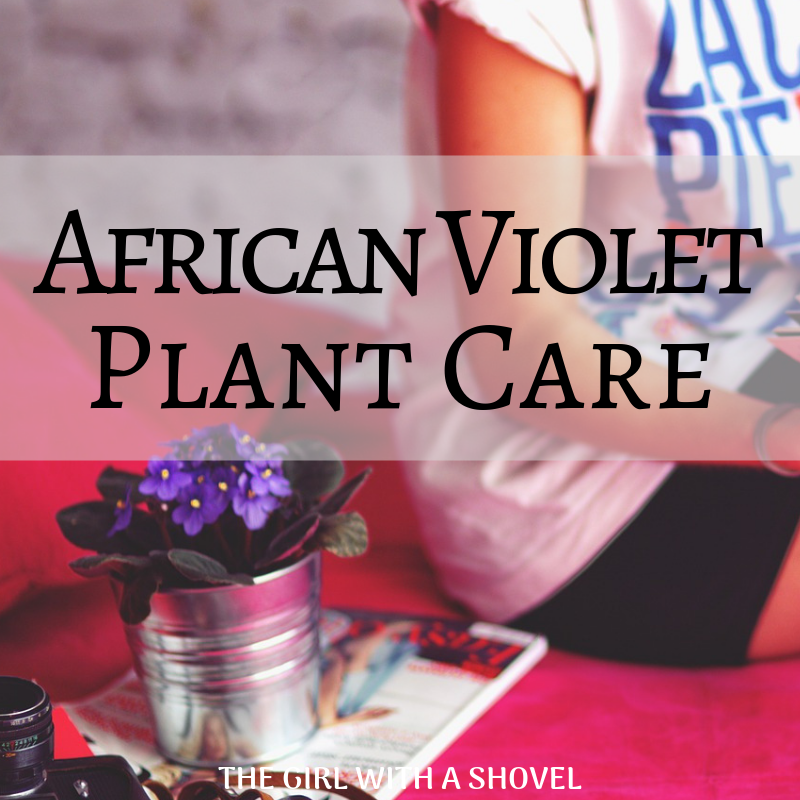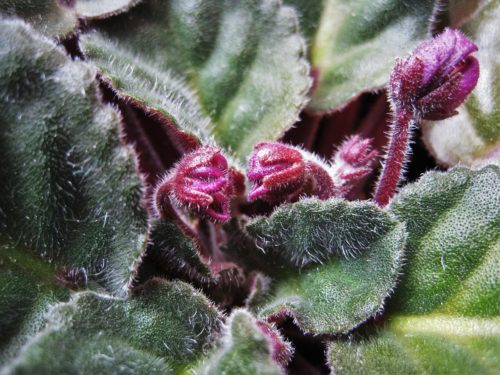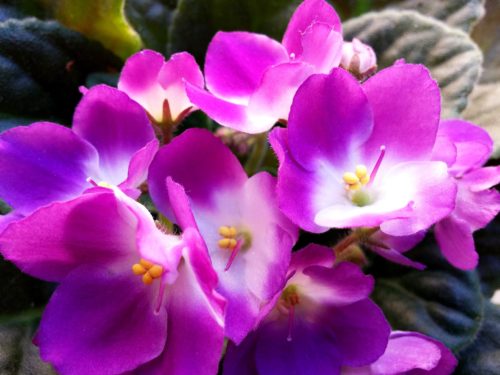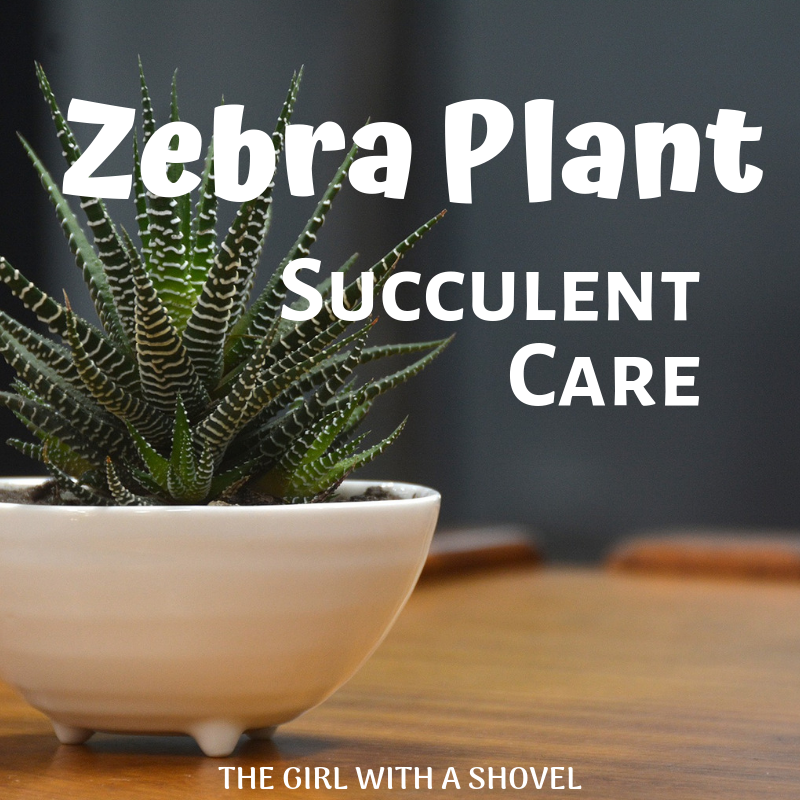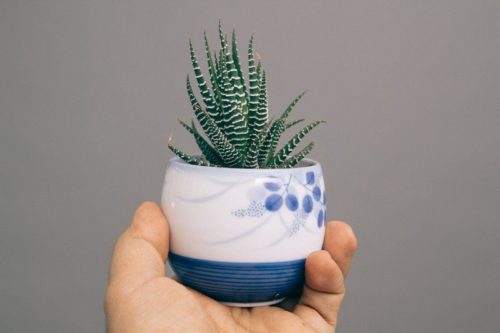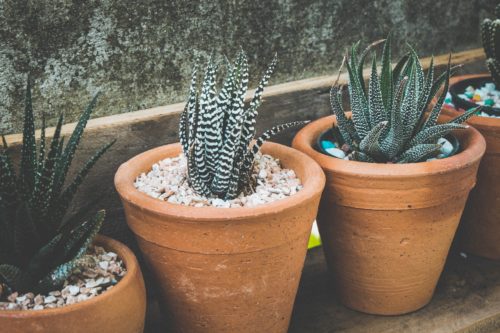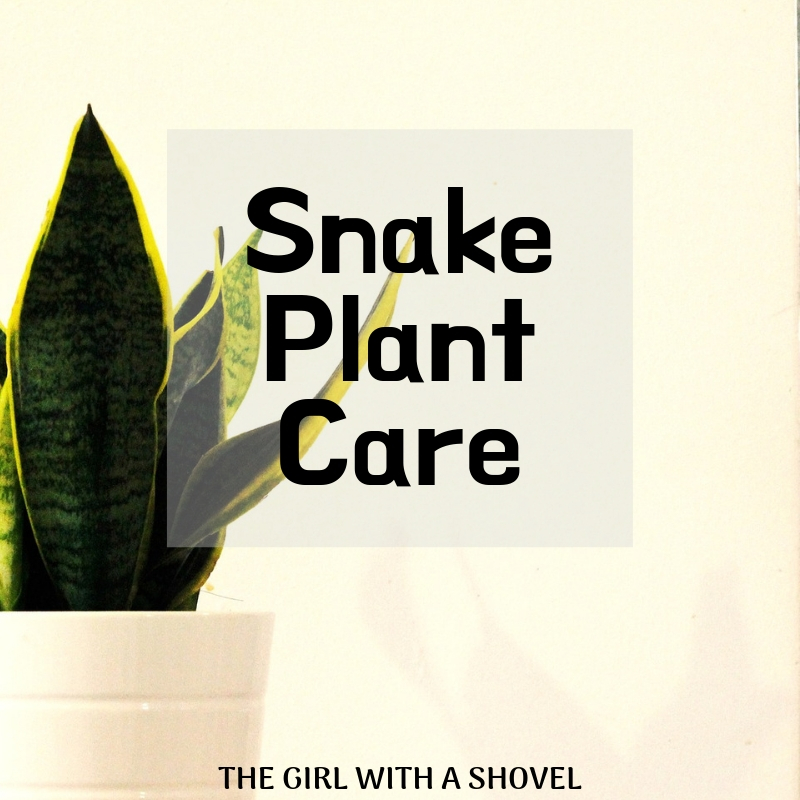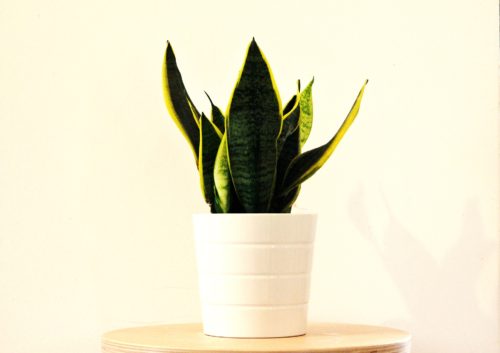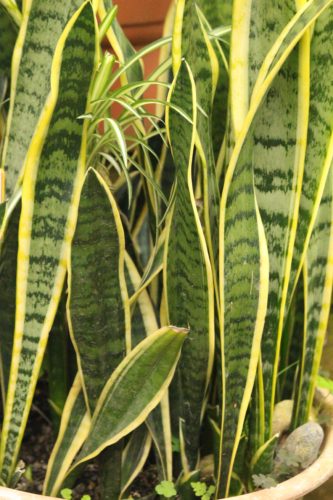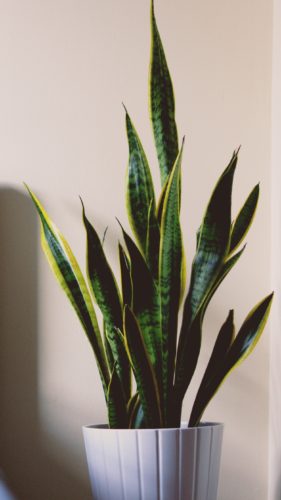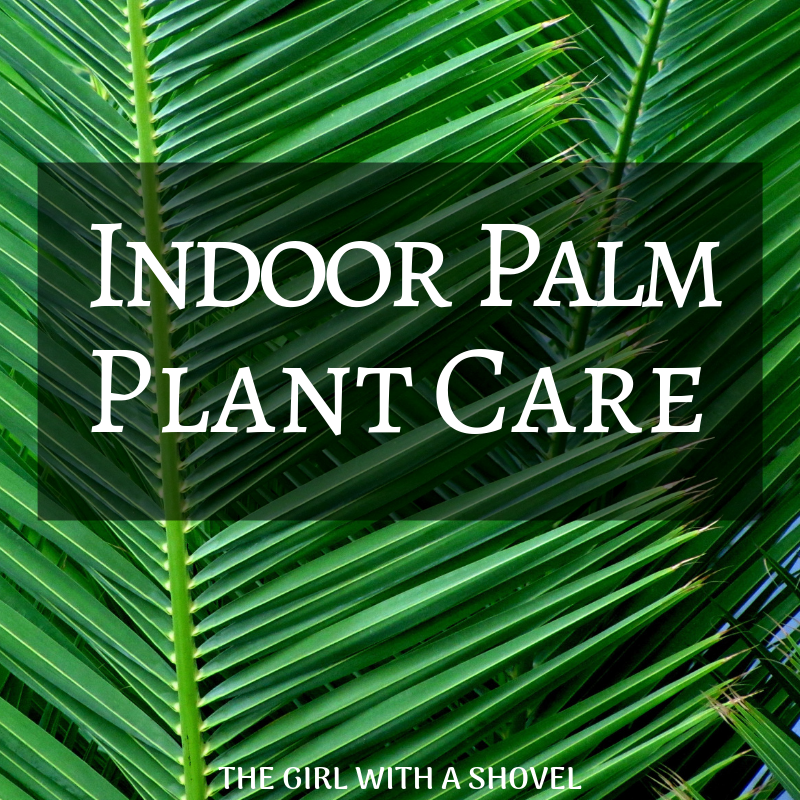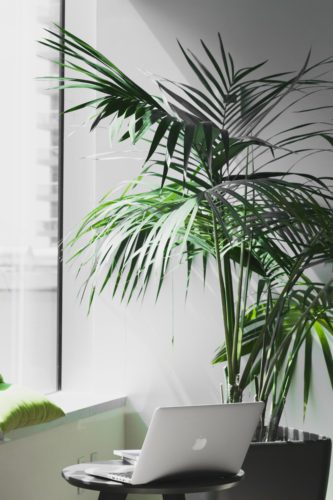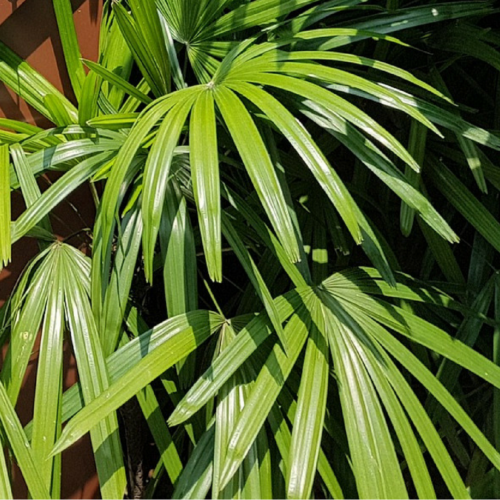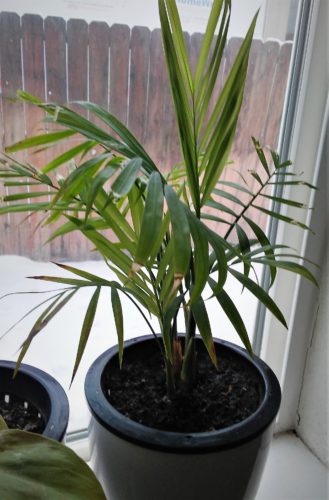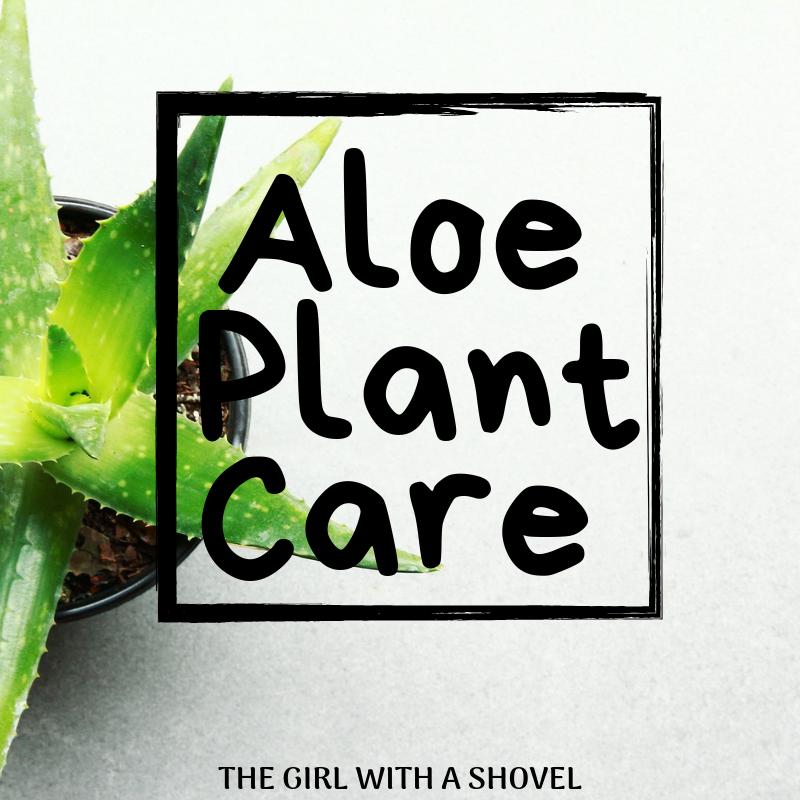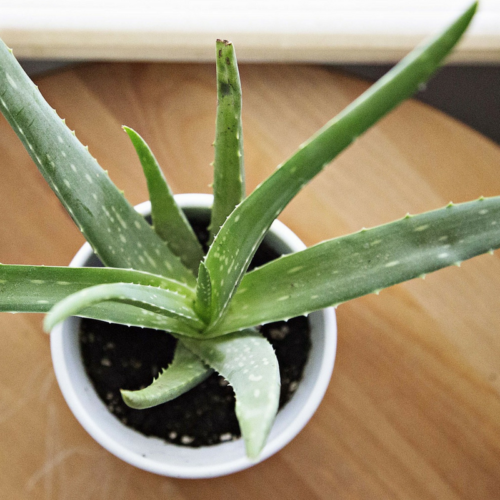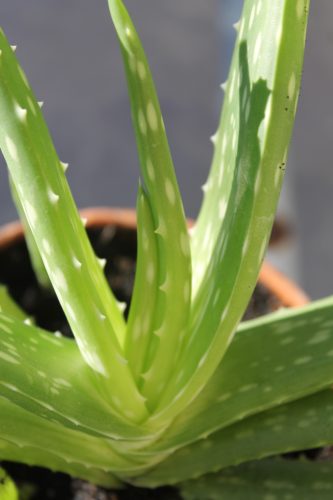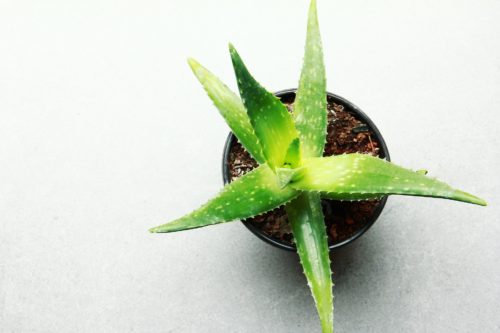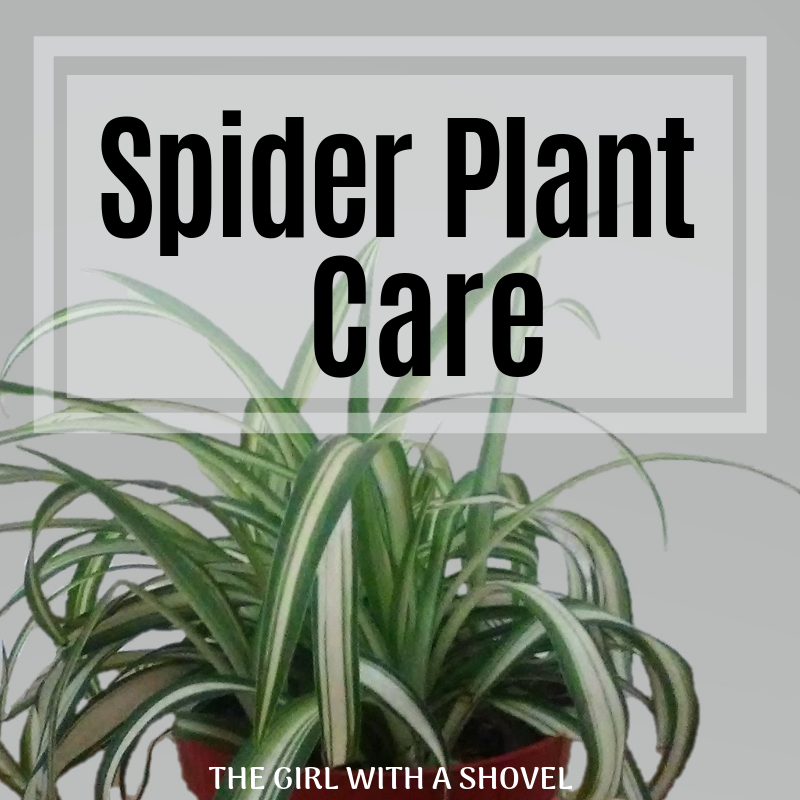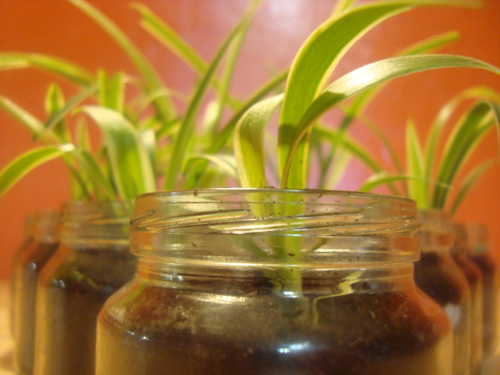Picture this: you’re strolling through a fragrant garden, and the unmistakable scent of lavender wafts through the air, instantly calming your senses. There’s just something magical about these purple beauties, isn’t there?
As a gardening enthusiast, I’ve always been drawn to the allure of lavender plants. Not only do they add a stunning pop of color to any landscape, but they also offer a myriad of uses, from culinary delights to soothing aromatherapy.
If you’ve ever dreamed of having your own lavender right in your backyard, you’re in luck! Growing and caring for lavender plants is easier than you might think, and I’m here to guide you every step of the way.
In this article, we’ll dive deep into the world of lavender, exploring the different types of lavender plants, sharing planting tips and tricks, and revealing the secrets to keeping your lavender thriving for years to come. Whether you’re a seasoned green thumb or a novice gardener, you’ll find all the information you need to cultivate your very own piece of purple paradise.
So, grab your gardening gloves, and let’s get started!
Types of Lavender Varieties
Before we dive into the nitty-gritty of planting and caring for lavender, let’s take a moment to explore the different types of lavenders available. Each variety has its own unique characteristics and care requirements, so it’s essential to choose the one that best suits your garden and growing conditions.
English Lavender
Lavandula angustifolia, or English lavender, is the most common type of lavender plant. It’s known for its sweet, floral aroma and is often used in perfumes, soaps, and culinary dishes. English lavender plants are hardy and can withstand colder temperatures than other lavender types, making it a great choice foryou if you live in a cold climate.
French Lavender
French lavender, or Lavandula dentata, is a bit more delicate than its English cousin. It features gray-green, serrated leaves and produces light purple flowers. French lavender prefers warmer temperatures and may not survive harsh winters, so it’s best suited for milder climates or grown in containers that can be brought indoors in late summer to be protected during colder months.
Spanish Lavender
Lavandula stoechas, or Spanish lavender, is a stunning variety with distinctive rabbit-ear-like bracts on top of the flower spikes. It has a strong, camphor-like scent and is more heat-tolerant than other types of lavender. Spanish lavender is an excellent choice for gardens in warmer regions or for those looking to add a unique touch to their lavender collection.
Lavandin
Lavandin is a hybrid of English and Portuguese lavender, combining the best qualities of both varieties. It’s known for its high oil content, making it a popular choice for commercial oil production for essential oils. Lavandin plants are typically larger and more vigorous than other lavender types, and they can tolerate a wider range of growing conditions.
Now that you’re familiar with the different types of lavender plants, you can make an informed decision about which variety will work best in your garden. Keep in mind that each type has slightly different care requirements, so be sure to research the specific needs of your chosen lavender plant to ensure its success.
Planting Lavender
Now that you’ve chosen your perfect lavender variety, it’s time to get your hands dirty and start planting! Whether you’re starting from seeds or seedlings, planting lavender is a relatively straightforward process. Let’s break it down step by step.
When to Plant Lavender
The best time to plant lavender depends on your climate and the type of lavender you’ve chosen. In general, it’s best to plant lavender in the spring or early fall, when the weather is mild and the soil is warm. Avoid planting during the heat of summer or the depths of winter, as this can stress the plants and hinder their growth.
Preparing the Planting Site
Lavender plants thrive in well-draining soil and full sun, so it’s crucial to choose a planting site that meets these requirements. If your soil is heavy or a clay soil, consider amending it with sand or gravel to improve drainage. You can also create raised beds or mounds to ensure proper drainage.
Before planting, remove any weeds or grass from the planting site and loosen the soil to a depth of about 12 inches. This will help the lavender roots establish themselves more easily.
Planting Lavender Seeds vs Seedlings
If you’re feeling adventurous, you can start your lavender plants from seeds. However, keep in mind that lavender seeds can be slow to germinate and may take several months to reach transplanting size. If you’re looking for a quicker route to a lavender-filled garden, consider purchasing seedlings from your local nursery or garden center.
When planting seedlings, be sure to space them about 12 to 18 inches apart, depending on the mature size of the variety. Dig a hole slightly larger than the root ball, place the seedling in the hole, and backfill with a well-draining garden soil. Water the seedlings well after planting to help them settle in.
Growing Lavender in Containers
No garden space? No problem! Lavender plants can also thrive in containers, making them a great option for apartment dwellers or those with limited outdoor space. When growing lavender in containers, be sure to choose a pot with adequate drainage holes and use a well-draining potting mix.
Keep in mind that lavender plants in containers may require more frequent watering than those planted in the ground, especially during hot, dry weather. However, be careful not to overwater, as this can lead to root rot. Lavender in particular likes to let its roots breathe so make sure that if it’s indoors, that you allow the soil to dry out in between watering.
And now that you have your lavender plants nestled into their new home, it’s time to focus on providing them with the care they need to flourish. In the next section, we’ll dive into the essential aspects of lavender plant care and maintenance.
Lavender Plant Care and Maintenance
Sunlight Requirements
Lavender plants are sun worshippers, so make sure they get plenty of direct sunlight. Aim for at least 6 hours of full sun per day. However, if you live in a particularly hot climate, your lavender may appreciate a bit of afternoon shade to prevent scorching.
Watering Requirements
One of the biggest mistakes novice lavender growers make is overwatering. Lavender plants prefer well-draining soil and can tolerate drought once established. Water deeply but infrequently, allowing the soil to dry out between watering sessions. In humid climates, be extra cautious not to overwater, as this can lead to fungal disease.
Soil Type and Drainage
Lavender plants thrive in well-draining, sandy, or gravelly soil. If your soil is heavy or clay-like, consider amending it with sand, gravel, or organic matter to improve drainage. Avoid planting lavender in low-lying or soggy areas, as this can also lead to root rot.
These plants also prefer alkaline soil in the pH range from 6.7 to 7.3. If you live in a region with acidic soils (aka a lower soil ph number), you can either plant your lavender in a pot, or you can amend your soil with 2 to 3 ounces of lime per cubic foot of soil.
Fertilizing Lavender Plants
Lavender plants are not heavy feeders and do not require frequent fertilization. In fact, over-fertilizing can lead to excessive foliage growth at the expense of flower production. If desired, apply a light layer of compost or a slow-release, low-nitrogen fertilizer once a year in the spring.
Temperature Range and Hardiness Zones
Lavender plants are generally hardy in USDA zones 5-9, depending on the variety. English lavender is the most cold-tolerant, while French and Spanish lavender prefer milder climates. In colder regions, consider planting lavender in containers that can be brought indoors during the winter months.
Spacing and Air Circulation
When planting lavender, be sure to provide adequate spacing between plants to allow for proper air circulation. This helps prevent fungal diseases and promotes healthy growth. As a general rule, space plants about 12 to 18 inches apart, depending on the mature size of the variety. If your plants start outgrowing their space, consider pruning around them to allow them good airflow around their branches.
Mulching Around Lavender
While mulching is generally beneficial for many plants, lavender prefers bare soil around its base. Avoid mulching directly around the plant, as this can trap moisture and lead to stem rot. Instead, use a light layer of gravel or sand to suppress weeds and improve drainage.
Pruning and Shaping Lavender Shrubs
Pruning is essential to maintain the shape and health of your lavender plants. Prune your lavender once a year, immediately after flowering, by removing about one-third of the plant’s height. This encourages new growth and helps prevent the plant from becoming woody and unproductive.
Overwintering Lavender Plants
In colder regions, lavender plants may need protection during the winter months. Before the first frost, prune your lavender plants and cover them with a layer of mulch or straw. In areas with harsh winters, consider planting lavender in containers that can be brought indoors or moved to a protected location.
Propagating Lavender
One of the joys of growing lavender is the ability to propagate your plants, creating new lavender babies to add to your garden or share with fellow plant enthusiasts. There are several ways to propagate lavender, each with its own advantages and challenges. Let’s explore the three main methods: growing from seed, taking cuttings, and dividing mature plants.
Propagating Lavender from Seed
Growing lavender from seed can be a bit of a patience game, but it’s a rewarding experience nonetheless. To start, sow lavender seeds in a well-draining seed starting mix in early spring. Keep the soil moist but not soggy, and place the seed tray in a warm, bright location. Lavender seeds can take up to a month to germinate, so don’t get discouraged if you don’t see sprouts right away!
Once your lavender seedlings have several sets of true leaves, you can transplant them into individual pots or into your garden. Keep in mind that lavender grown from seed may not have the same characteristics as the parent plant, as many varieties are hybrids.
Taking Lavender Cuttings
Taking cuttings is a popular and relatively easy way to propagate lavender. In late spring or early summer, select healthy, non-flowering stems and cut them about 4-6 inches below the leaf node. Remove the lower leaves, leaving only a few at the top of the cutting.
Dip the cut end of the stem in rooting hormone and plant it in a well-draining potting mix. Water the cuttings and place them in a warm, bright location out of direct sunlight. Keep the soil moist but not waterlogged, and in a few weeks, you should see new growth indicating that the cutting has rooted.
Dividing Mature Lavender Plants
If you have mature lavender plants that have become woody or unproductive, division can be a great way to rejuvenate them while also creating new plants. In early spring or fall, carefully dig up the lavender plant and gently separate the roots into smaller sections, each with its own set of leaves and roots.
Replant the divisions in well-draining soil, spacing them about 12 to 18 inches apart. Water the newly planted divisions well and keep the soil moist but not soggy until they establish themselves.
No matter which propagation method you choose, it’s always a thrill to watch your new lavender plants grow and flourish. In the next section, we’ll explore the various ways you can harvest and use your homegrown lavender, from culinary creations to beautiful crafts.
Harvesting and Using Lavender
The moment you’ve been waiting for has finally arrived: your lavender plants are bursting with fragrant blooms, ready to be harvested and enjoyed. But when is the best time to harvest lavender, and what can you do with all those delightful purple flowers? Let’s dive in and explore the many ways you can make the most of your lavender blooms.
When to Harvest Lavender Flowers
Timing is everything when it comes to harvesting lavender. For the best fragrance and oil content, harvest lavender when about half of the flower buds have opened. This typically occurs in late spring or early summer, depending on your climate and the variety of lavender you’re growing.
To harvest, simply snip the flower stems about an inch above the foliage using clean, sharp scissors or pruning shears. Gather the stems into bundles and secure them with twine or rubber bands.
Drying and Storing Lavender
To preserve your lavender harvest, you’ll need to dry the flowers. Hang the bundles of lavender upside down in a cool, dry, dark place with good air circulation. You can use a clothes hanger, drying rack, or even a clothesline to hang your lavender bundles.
Allow the lavender to dry for about 2-4 weeks, or until the stems snap easily when bent. Once dried, remove the flowers from the stems and store them in airtight containers away from direct sunlight. Properly dried and stored lavender can retain its fragrance for several months to a year!
Culinary Uses for Lavender
Lavender isn’t just a pretty face in the garden; it’s also a delightful culinary herb! Here are a few ways to incorporate lavender into your kitchen creations:
- Brew a soothing cup of lavender tea
- Infuse sugar or honey with lavender for a floral twist
- Add a pinch of dried lavender to baked goods like scones, cookies, or cakes
- Create a refreshing lavender lemonade or cocktail
- Use lavender as a rub for grilled meats or roasted vegetables
Remember to use culinary-grade lavender and start with a light hand, as the flavor can be quite strong.
Crafting with Lavender
Lavender’s beauty and fragrance make it a popular choice for a variety of crafts. Here are a few ideas to get your creative juices flowing:
- Create fragrant sachets filled with dried lavender to freshen drawers and closets
- Make lavender bath salts or body scrubs for a luxurious spa experience
- Weave lavender wands or wreaths for a beautiful, aromatic decoration
- Infuse oil or vinegar with lavender for a unique gift or pantry staple
- Press and dry lavender flowers for use in candles, soaps, or potpourri
The possibilities are endless when it comes to crafting with lavender, so let your imagination run wild!
Harvesting and using your homegrown lavender is a rewarding experience that engages all the senses. Whether you’re sipping a cup of lavender tea, baking a batch of lavender scones, or creating a beautiful lavender wreath, you’ll be able to enjoy the fruits (or rather, the flowers) of your labor. In the next section, we’ll tackle some common problems you may encounter while growing lavender and how to troubleshoot them.
Troubleshooting Lavender Problems
As much as we’d like our lavender plants to be problem-free, sometimes issues arise. Don’t worry, though – most lavender problems are easily remedied with a little know-how and some TLC. Let’s take a look at some common issues and how to fix them.
Common Pests and Diseases
While lavender is generally pest-resistant, it can occasionally fall victim to certain insects and diseases. Here are a few to watch out for:
- Aphids: These tiny pests can cause distorted growth and yellowing leaves. Blast them off with a strong jet of water or treat with insecticidal soap.
- Spittlebugs: These pests create a frothy foam on the stems and leaves. Remove the foam and bugs by hand or treat with insecticidal soap.
- Root rot: Caused by overwatering or poor drainage, root rot can cause wilting, yellowing, and stunted growth. Ensure proper drainage and avoid overwatering to prevent this issue.
- Leaf spot: Fungal diseases can cause spots on the leaves. Remove affected leaves and ensure good air circulation around the plant.
By keeping an eye out for these issues and addressing them quickly, you can keep your lavender plants healthy and thriving.
Issues with Lavender Not Blooming
If your lavender plant isn’t producing those lovely fragrant flowers, there could be a few reasons why:
- Insufficient sunlight: Lavender needs at least 6 hours of full sun per day to bloom properly. Ensure your plant is getting enough sunlight.
- Overwatering: Too much water can lead to foliage growth at the expense of flower production. Ensure your lavender is planted in well-draining soil and avoid overwatering.
- Overfertilizing: Excessive nitrogen can lead to lush foliage but few flowers. Go easy on the fertilizer, and choose a low-nitrogen option.
- Pruning at the wrong time: Pruning lavender too late in the season can remove the flower buds for the following year. Prune immediately after flowering for best results.
By addressing these issues, you can encourage your lavender plant to produce a bountiful harvest of fragrant blooms.
Fixing Leggy or Woody Lavender Plants
Over time, lavender plants can become leggy or woody, producing fewer flowers and looking less than their best. Here’s how to rejuvenate them:
- Prune annually: Prune your lavender plants back by about one-third immediately after flowering each year. This encourages new growth and helps maintain a compact shape.
- Reshape older plants: If your lavender has become woody and unproductive, you can try reshaping it by cutting it back to about 6 inches above the ground in the spring. This drastic pruning can stimulate new growth, but be aware that not all plants will survive this treatment.
- Replace old plants: If your lavender is more than 5 years old and has become woody and unproductive, it may be time to replace it with a new plant. Consider using some of the propagation tips above if you have a bit of patience!
Remember, even the most experienced gardeners encounter problems from time to time. The key is to stay vigilant, address issues promptly, and not be afraid to ask for help when needed. With a little patience and care, your lavender plants will bounce back and reward you with their stunning beauty and intoxicating fragrance.
Conclusion
Well, there you have it, my fellow lavender enthusiasts! We’ve covered a lot of ground in this journey through the wonderful world of lavender plants. From choosing the right variety for your herb garden to planting, caring for, and harvesting these fragrant beauties, you now have the knowledge and tools to create your own lavender oasis.
Remember, growing lavender is not just about the destination, but also the journey. There will be triumphs and challenges along the way, but with each lesson learned, you’ll become a more confident and skilled gardener. Embrace the process, and don’t be afraid to experiment and try new things.
And remember, if you ever have questions or need advice, don’t hesitate to reach out to your fellow gardeners or consult reliable resources. The gardening community is a welcoming and supportive one, always ready to lend a helping hand or share a bit of wisdom.
So, go forth and grow, my friends! May your lavender plants be bountiful, your harvests plentiful, and your gardens filled with the enchanting beauty and fragrance of these timeless herbs. Happy digging!
Frequently Asked Questions
Is lavender easy to grow? Lavender is generally considered an easy-to-grow herb, as long as you provide it with the right conditions. It thrives in well-draining soil, full sun, and good drainage. If you can offer these basic requirements, your lavender plants should be relatively low-maintenance and problem-free.
How long does it take for lavender to grow? The time it takes for lavender to reach maturity depends on the variety and growing conditions. Most lavender plants will reach their full size within 2-3 years, although some may take longer. However, you can typically expect to see flowers in the first or second year after planting.
If you’re starting lavender from seed, keep in mind that germination can take several weeks, and the seedlings will need some time to grow before they’re ready to be transplanted into the garden.
Does lavender come back every year? Yes, lavender is a perennial herb, which means it will come back year after year with proper care. In fact, lavender plants can live for 5-10 years or more, depending on the variety and growing conditions.
To ensure your lavender plants remain healthy and productive, be sure to prune them annually immediately after flowering. This will encourage new growth and prevent the plants from becoming woody and unproductive over time.
If you have any other questions about growing lavender that haven’t been covered in this article, don’t hesitate to reach out to your local gardening community or extension office for advice specific to your local area. With a little guidance and experience, you’ll soon become a lavender-growing pro!


